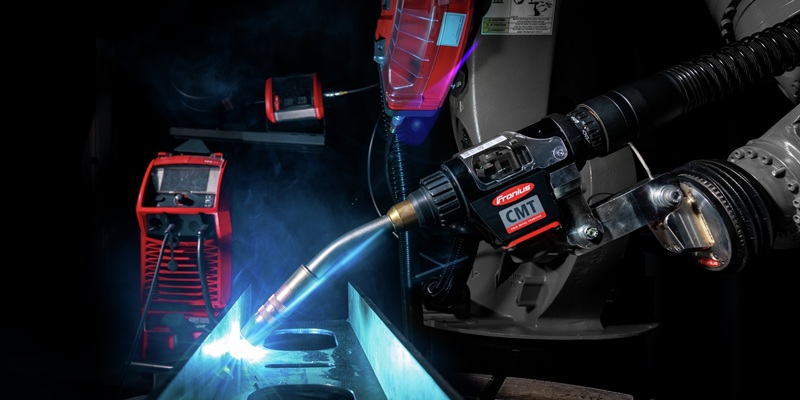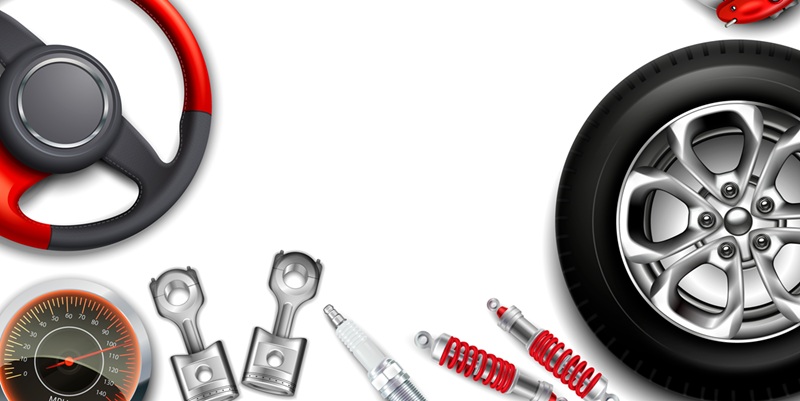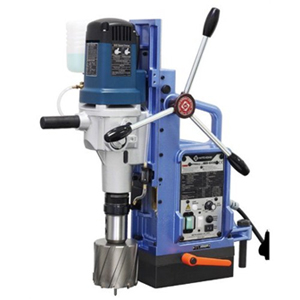Schedule a Call Back
Enhancing metal cutting with IoT connectivity
 Articles
Articles- Mar 19,25

Related Stories

The Cable & Wire Fair is a catalyst for growth: Priyank Jain
In this interview, Priyank Jain, CEO of Tulip 3P Media, elaborates on the evolution of Cable & Wire Fair (from a humble beginning to India’s flagship wire, cable & allied industry expo) and its in..
Read more
Fronius marks 20 years of Cold Metal Transfer welding technology
Cold Metal Transfer (CMT) is a breakthrough welding process delivering unmatched precision, stability, and versatility across industries like automotive and aerospace.
Read more
DiFACTO Robotics acquires RoboFinish Division from Grind Master
RoboFinish portfolio, which includes robotic grinding, finishing, deburring, and machining technologies, presents significant synergies with DiFACTO’s existing offerings, strengthening its positio..
Read more

















